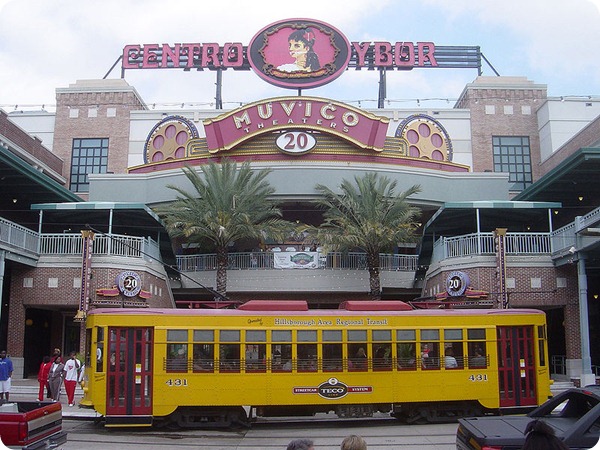I am of the firm belief that one cannot live in South Florida for any length of time without developing an appreciation of Cuban food. Seriously. You just can’t. The distinctive Latin flavor of Cuban culture is woven like a ribbon through our cuisine. It makes perfect sense, though, considering that the most prominent Cuban American community in the United States is in the Miami-Dade metropolitan area. But, you probably already knew that. What you might not know is that Tampa Bay boasts the next highest concentration of Cuban Americans in the country. And, the Tampa Cuban community has been going strong for over a hundred years – way before the mass exodus to Miami under Castro’s regime.
In 1885, Vicente Martinez Ybor, a prominent Spanish cigar manufacturer relocated his base of operations from Cuba via Key West to an area just northeast of Tampa. This was, at least in part, due to Tampa’s combination of a good sea port, new railroad line and humid climate. Ybor built hundreds of small houses for the incoming population of mainly Cuban cigar workers. Other cigar manufacturers, drawn by Ybor’s incentives to increase the labor pool, also moved in making Tampa a major cigar production center. In 1887 Tampa annexed the area and Ybor City was born.
José Martí and cigar workers in Ybor in 1893.
The next three decades, as Ybor city grew and prospered, were considered its “golden age”. In 1929, cigar production hit its peak when 500,000,000 cigars were rolled in the factories of Ybor City.
Unfortunately, in that same year also came the Great Depression. As a result, the demand for quality handmade Cuban cigars plummeted and there were many layoffs and factory shutdowns. This trend continued throughout the 1930s as the remaining cigar factories gradually switched to using cheaper mechanical methods for producing their cigars. This, of course, led to even more layoffs and plant closings.
Inside an Ybor City cigar factory ca. 1920
Things looked pretty grim for Ybor City up to and through the 50s and 60s, as the neighborhood continued to deteriorate and empty out. In an effort to revitalize the community, many historic buildings were demolished to make way for new development. But, due to a lack of available funds this redevelopment didn’t happen. Sounds kind of familiar, huh?
In the late 80s and early 90s, a sort of revitalization of the area began with an influx of local artists who came into the area seeking eclectic spaces in which to work for cheap rents. By the year 2000, Ybor City had experienced a Renaissance as a cultural mecca in the Tampa Bay area which continues to flourish to this day. Although the cigar factories have long been closed, the thriving and vital Cuban American community lives on.
Ybor City today
(Photo by Bobak Ha’Eri shared under a Creative Commons Attribution-Share Alike 2.5 Generic License) read more >>
Filed Under: Cooking, Ethnic, Latin and Spanish, Pork, Recipes, Sandwiches














